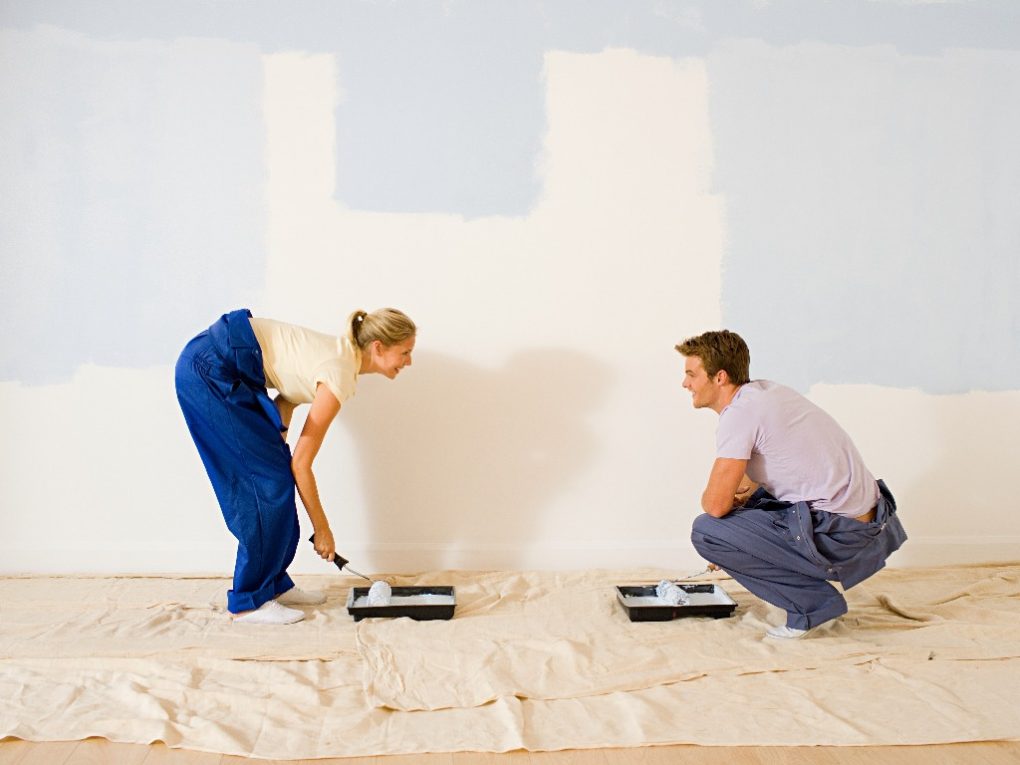Moisture is a frequent culprit behind peeling paint. water intrusion into walls weakens the paintS grip, leading to flaking. Roof leaks, plumbing issues, or inadequate room ventilation can cause this. Other causes include painting in unsuitable temperatures and using incorrect paint types for the surface.
stopping paint from peeling needs some work, but it’s worth it to avoid the hassle. Find out why the paint is peeling and fix it.This will keep your walls looking good for a long time. We’ll explore common reasons for peeling paint and give you solutions.
Causes of Paint Peeling in Sheets
Moisture in the Wall
A frequent reason for paint peeling off in large pieces is water intrusion, as noted by Rochele Painting. This often stems from roof or plumbing leaks, or water seeping in from the exterior. Condensation or elevated humidity can also cause moisture buildup within the wall. This moisture weakens the paint’s bond to the wall,leading to extensive peeling.
Poor Surface preparation
Paint peeling in large sections often stems from inadequate surface preparation. If you skip crucial steps like cleaning, sanding, or priming, the paint won’t bond correctly. This leads to it detaching in sheets. Always remove dirt, dust, grease, and lose paint before applying a fresh coat. This ensures a strong and lasting bond.
using Low-Quality Paint
Paint quality substantially impacts its surface adhesion. Inferior paints often peel due to weak bonding.Opt for premium paints formulated for the specific material you’re painting to ensure lasting results.
Applying Too Many Layers of Paint
Excessive paint layering often leads to peeling. The sheer weight of multiple layers weakens the paint’s bond to the surface. This causes it to detach in large pieces. Always adhere to the manufacturer’s guidelines regarding the number of coats. Ensure each coat is fully dry before applying the next for optimal results.

Effects of Paint Peeling in Sheets
Aesthetics
Flaking paint is unsightly and ruins a room’s look. it makes spaces appear dated, uncared for, and messy. This can also lower property value, hindering sales or rentals. Owners should fix peeling paint to keep their properties attractive.
Structural Damage
Flaking paint layers might signal hidden structural problems. Moisture can penetrate the peeling paint, harming walls or ceilings. This can cause mold,decay,and other structural issues. ignoring these issues can lead to bigger, more expensive repairs. Addressing peeling paint quickly is crucial to prevent further damage.
Health Risks
Flaking paint, especially when it peels off in large pieces, can be a health hazard. This is particularly true if the paint contains lead or other risky materials. Homes constructed before 1978 frequently enough used lead-based paint. When this paint is disrupted, it can release harmful dust, leading to lead poisoning.
Even if paint is lead-free, inhaling its dust or fumes can trigger respiratory issues and headaches. It may also cause other health problems. Homeowners must safeguard themselves and their families when handling peeling paint.
Prevention and Solutions
Identifying the Cause of Peeling
Preventing paint from peeling requires understanding the root cause. Peeling often stems from moisture, inadequate surface prep, cheap paint, or improper application. Pinpointing the cause allows you to implement effective preventative measures and avoid future issues.
Proper Surface preparation
Effective surface preparation is key to stopping paint from peeling. Prior to painting, the wall must be clean, dry, and without dust or dirt. Scrape away any loose paint.Sand the surface for a smooth base. Wash stained or dirty walls with soap and water, then rinse well. Use a primer if needed to help the paint stick properly.
Choosing High-Quality Paint
Using top-tier paint is key to stopping wall paint from peeling. Cheaper paints often have additives that weaken their stickiness and lifespan. Pick a paint made for your surface, like drywall, wood, or brick. Better paint costs more upfront, but it lasts longer and needs less upkeep.
Applying Paint in the Right Conditions
To keep paint from peeling, apply it correctly. Don’t paint in high humidity,extreme heat,or direct sun. These conditions hurt paint drying and adhesion.

Always adhere to the paint manufacturer’s guidelines for optimal temperature and humidity. Painting on damp surfaces is not recommended. It can lead to blistering and peeling of the paint.
Regular Maintenance
Keep your walls looking fresh! Regularly check painted surfaces to stop paint from peeling. Look for cracks or peeling and fix them quickly.
Maintain the surface by routinely cleaning it with gentle soap and water. Steer clear of strong chemicals or abrasive cleaners, as they can harm the paint. Fix minor damages with a brush or roller.Repaint larger sections when necessary. Consistent upkeep prolongs your paint’s lifespan and stops future peeling.
